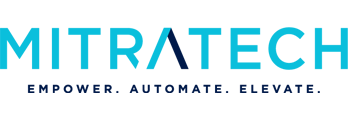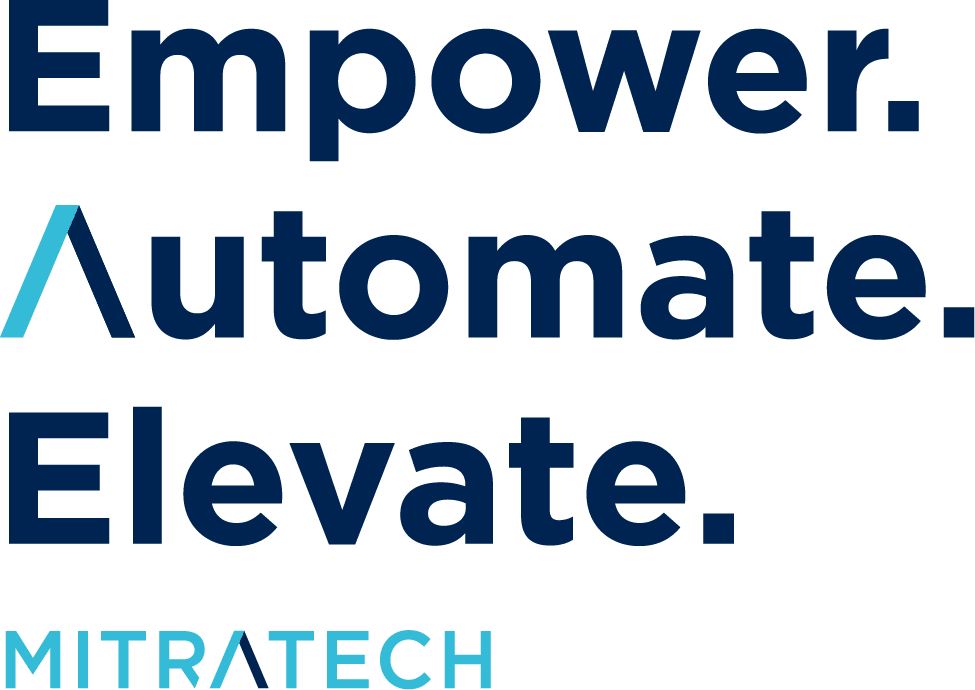The Legal Tech Reckoning Is Here
Legal departments stand at a critical inflection point. With soaring workloads, shifting regulations, and accelerating business demands, today’s teams are being asked to do more with less – and to do it faster, smarter, and with greater impact.
But instead of empowering this transformation, many legal tech stacks are slowing it down. Over time, a patchwork of point solutions, such as contract management, billing, e-signatures, compliance tools, and AI copilots, has created a fragmented and inefficient landscape.
On top of that, there is the explosion of point solutions, including contract management systems, billing tools, e-signature platforms, and AI copilots. The once-manageable legal tech landscape has grown fragmented and unwieldy.
Leaders are waking up to the cost of this chaos. A recent survey showed that 70% of in-house legal professionals spend more than an hour each day switching between systems. That’s not scale. That’s stall.
To meet the moment, legal teams must shift from stacking tools to orchestrating intelligence.
Legal departments have started using these tools to solve specific problems. However, they are finding a common issue: disconnected systems do not work well as they grow. They slow down teams, silo data, duplicate work, and limit the ability to make strategic decisions. When your data lives in separate systems, there is inevitably missing context; teams lose sight of the whole picture, and essential insights fall through the cracks. This fragmentation undermines collaboration, making it difficult to operate with confidence and efficiency.
Teams are at a turning point; growth isn’t just about more tools — it’s about better connection.
Why Disconnected Tools Are the Hidden Risk
When tools don’t talk to each other, the entire organization suffers. Disconnected tech stacks lead to:
- Manual workarounds and data re-entry (and the inevitable errors)
- Blind spots in reporting and compliance
Frustrated teams bogged down by tool overload - Vulnerabilities introduced by shadow tech and siloed systems
These aren’t growing pains. They’re signs of a system that isn’t designed for scale, strategy, or the speed of AI. Sound familiar? It might be time to evaluate your tech stack.
AI Needs Structure, Not Sprawl
Generative AI has officially arrived in legal ops. It’s reviewing contracts, surfacing risks, summarizing matters, and even predicting exposure. But its real power lies in the ecosystem around it.
AI doesn’t thrive in chaos. It thrives in clean, connected, contextualized data.
When contracts live in one system, billing in another, and risk assessments in a third, AI can’t deliver holistic insights. But when all of that data lives in an integrated platform? AI becomes a strategic partner, not just a tool.
A unified legal tech stack doesn’t just support AI. It unlocks its full potential
Integration Over Accumulation: Why Your Legal Tech Stack Must Communicate Internally
As a result, GRC leaders are consolidating risk, compliance, and data privacy platforms into unified frameworks. Similarly, legal leaders also see the advantages of this unified approach. It not only makes operations smoother but also maximizes the value of their current technology investments.
A unified legal tech stack doesn’t mean ditching every tool you’ve invested in. It means creating a connected system where data moves easily. Automation takes action, and visibility is now a standard, not a luxury.
It also helps legal teams stop searching for information in different systems. They can then focus on preparing for risks, managing cases proactively, and showing value to the business.
With the right structure in place, your tech becomes more than a set of tools – it becomes a strategic engine.
Future-Proofing Legal Operations: What a Unified Legal Tech Stack Looks Like in Practice
Modern legal teams aren’t waiting for change; they’re architecting it. They’re choosing platforms that connect everything:
- One source of truth for contracts, matters, and spend
- Automated workflows that anticipate what comes next
- Configurable AI features that learn and adapt
- Built-in visibility for stakeholders across the business
This isn’t hypothetical. It’s happening now. The smartest teams aren’t looking for tools that work – they’re demanding systems that work together. It allows for speed without confusion, growth without risk, and smarter decisions without uncertainty.
Unified Legal Tech: From Nice-to-Have to Non-Negotiable
AI is not a magic wand. It’s a force multiplier, but only if it’s built on connected, structured, and integrated systems.
With a connected legal management system, legal teams can move beyond isolated tools to a fully integrated ecosystem – one where matter management, spend tracking, compliance workflows, and AI insights all work together. Because the future isn’t about having the most tools, it’s about making the most of what you have, together.
The legal team of tomorrow isn’t reactive. It’s strategic, agile, and architected for insight.
It’s not about doing more. It’s about connecting better.

Notre priorité ? Votre réussite.
Planifiez une démonstration ou renseignez-vous sur les produits, les services et l'engagement de Mitratech.


